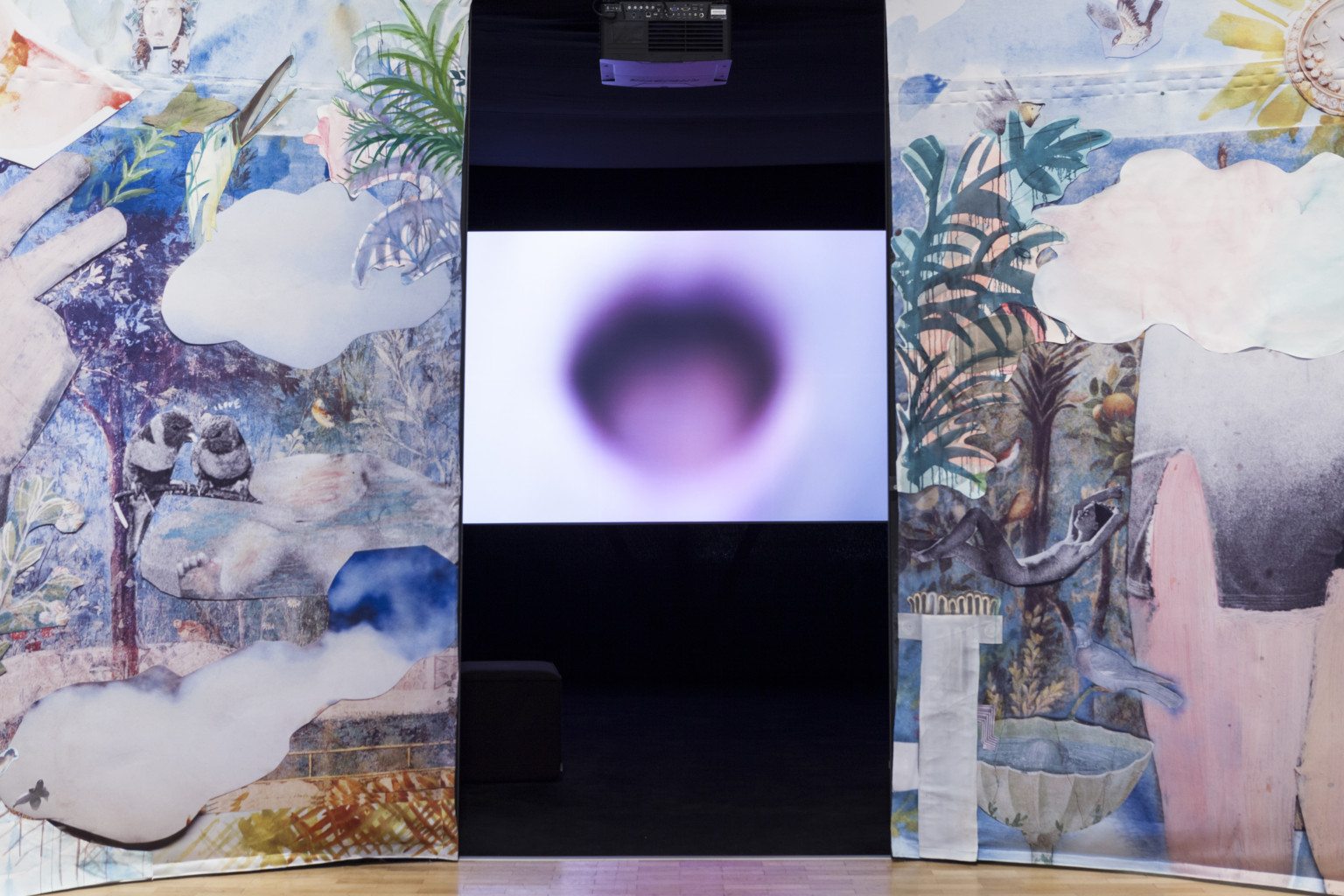The Turner Prize: turning heads since 1984
The Turner Prize is renowned for its controversy. Deemed today’s most prestigious contemporary art prize in Europe, it is renowned for turning heads and challenging artistic norms and this year looks to be no exception. For the first time since 1984, the exhibition is being held outside of England, taking over a former army barracks in Derry-Londonderry, Northern Ireland. The nominations for this year’s prize range from Tino Seghal’s elusive but innovative commentary on Marxism and the free market, which is only viewable by visiting the exhibition, to the paintings of Lynette Yiadom-Boakye, the first black woman to be in contention for the prize.
While the Turner Prize has often been considered elitist, this year’s exhibition seems to favour the contemporary art connoisseur less and the average member of the public more; it feels more accessible. David Shrigley’s Life Model, an ill-proportioned sculpture of a standing, male nude with quirky features, is surrounded by easels and art supplies. You are encouraged to engage with it by drawing your own interpretations of the sculpture, which are then displayed on the walls. Shrigley also invites his audience to share in his subtle and dark sense of humour as the sculpture blinks and urinates into a bucket at irregular intervals. Given the Turner Prize is awarded based in part upon popularity, Shrigley’s exhibit I can imagine must be a serious contender because of the engaging viewer participation his work demands.
Laure Prouvost turns two entire rooms into installations with strange collections of objects, such as warped tea pots, tables, chairs and carpet. As you sit down to watch her videos, you are surrounded by these otherworldly and surreal objects, which have hints of narrative quirks and humour. This is an immersive exhibition which shuns the normally uncomfortable nature of standing to view art in a plain white gallery room.
Yet, despite these ventures to include and engage, this year’s Turner Prize retains the quality of challenging its audience. Laure Prouvost’s video installation piece calls you to find the narratives and meanings in her videos, while Lynette Yiadom-Boakye makes you work to even see her paintings. She places them in a semi-darkened room, forcing you to get up close to each painting individually, especially as all the paintings have dark backgrounds and the figurative subjects are all black men. The bright white eyes, teeth and clothing stand out against this dark colour scheme. This obscuring technique creates a powerful sense of intrigue, while simultaneously satirising the typical, bright gallery space. Tino Seghal’s work challenges still further. The audience is confronted by an attendant on entering and presented with the words ‘market economy’ which they are then encourage to discuss.
The queues have been out the door every day since the opening and the Turner Prize’s popularity is only growing. It might be becoming more main stream in its popularity, but the artists exhibited do not fail to radicalise and defy convention. This is a contemporary art exhibition to approach with an open mind.

Comments